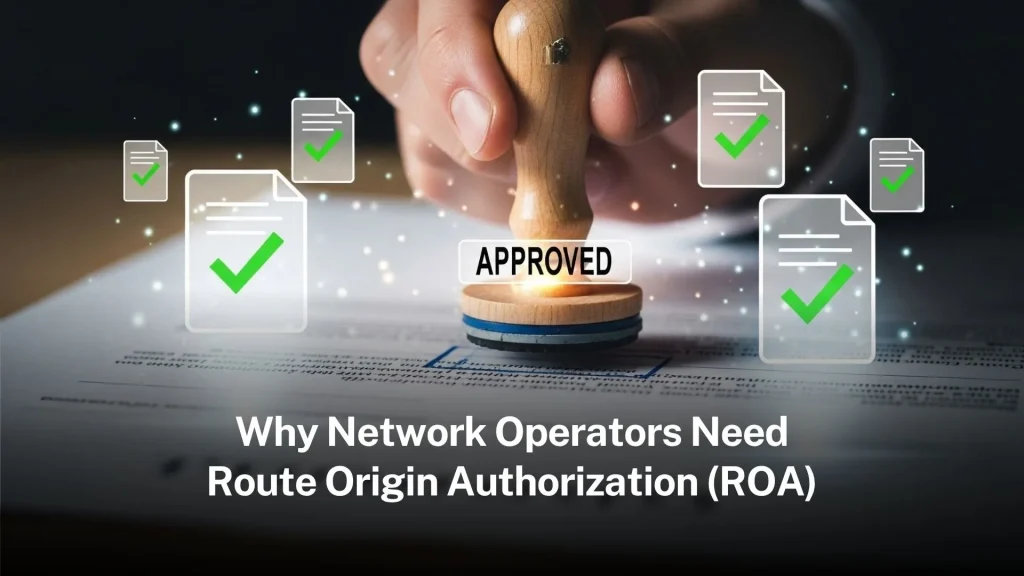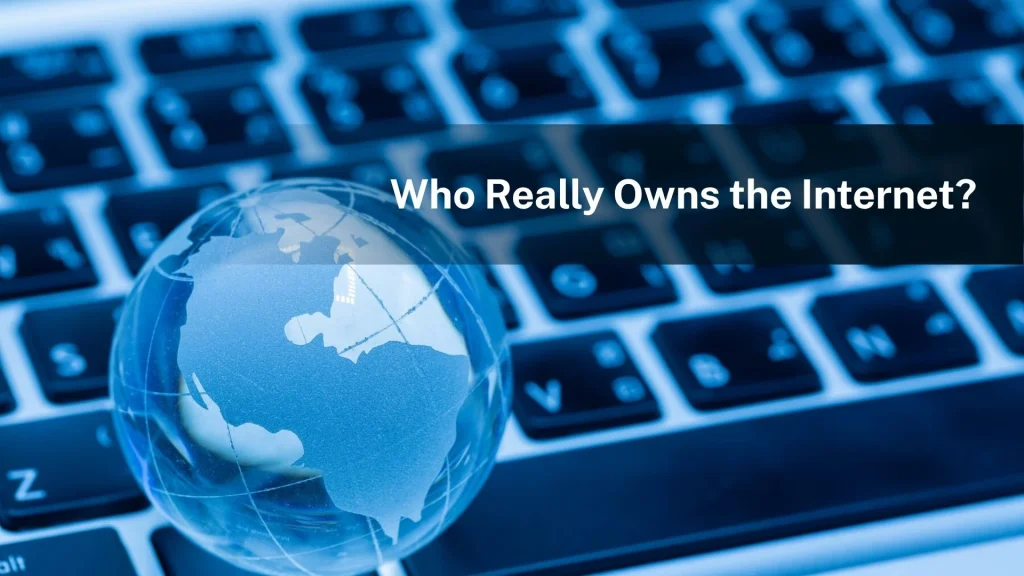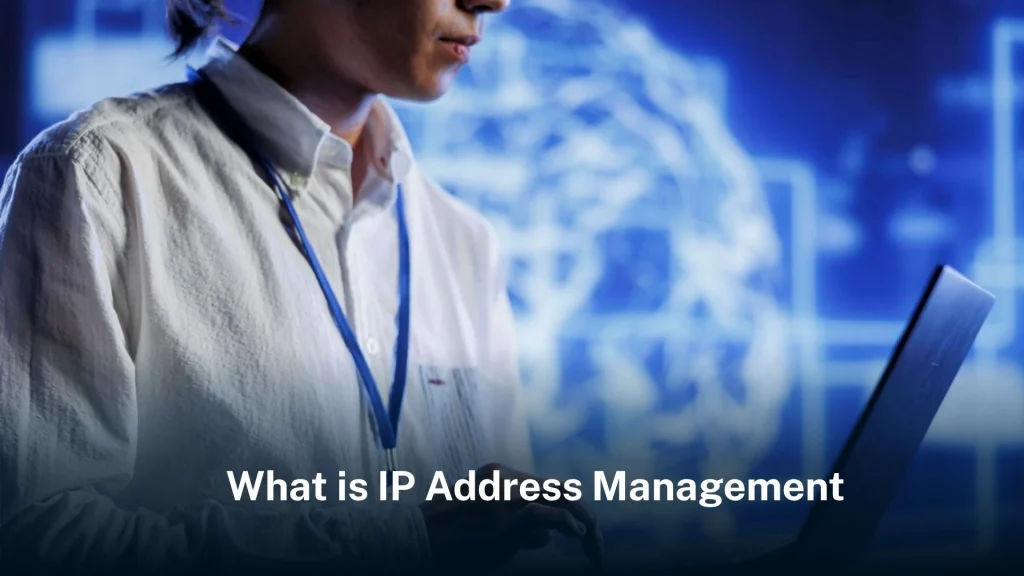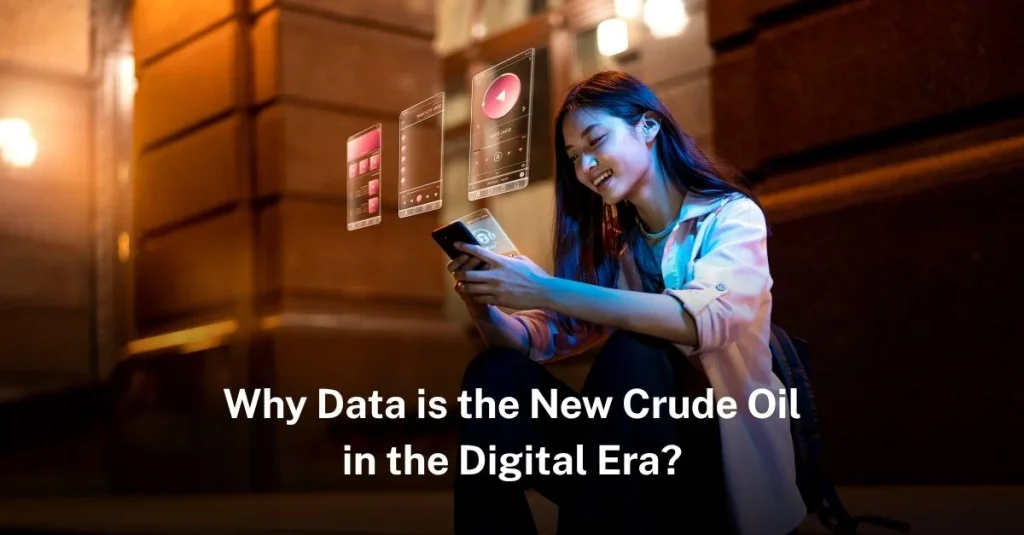“Insta-Brain: The New Rules for Marketing to Generation Z” by Sarah Weise is a must-read for marketers, business owners, and anyone interested in understanding the unique characteristics of Generation Z. As the first generation to grow up fully immersed in digital technology and social media, Gen Z has distinct behaviors, preferences, and expectations that set them apart from previous generations. In this article, we’ll explore the key insights and valuable lessons from “Insta-Brain” that can help you effectively engage with and market to this dynamic audience.
Key Insights from “Insta-Brain”
1. The Power of Visual and Interactive Content
Generation Z has grown up in a world where visual content dominates their daily interactions. Platforms like Instagram, Snapchat, Facebook, and TikTok have shaped their preference for quick, visually engaging content. Sarah Weise emphasizes that to capture the attention of Gen Z, marketers must prioritize visually appealing and interactive content. Whether it’s short videos, infographics, or immersive experiences like augmented reality (AR), the key is to create content that is both eye-catching and easy to consume.
2. The Need for Authenticity and Transparency
One of the most striking characteristics of Generation Z is their strong desire for authenticity and transparency from brands. Unlike previous generations, who were more receptive to traditional advertising, Gen Z is highly skeptical of anything that feels inauthentic or overly polished. Weise points out that this generation values honesty and realness, both in the content they consume and the brands they support. Marketers must be genuine in their messaging and transparent in their business practices to build trust with this audience.
3. The Importance of Speed and Convenience
In a world where information is available at their fingertips, Generation Z has come to expect speed and convenience in all aspects of their lives. Weise notes that Gen Z has little patience for slow-loading websites, lengthy content, or complicated user experiences. To successfully engage with this audience, brands need to prioritize fast, seamless, and efficient interactions. This includes optimizing websites and apps for mobile use, ensuring quick load times, and making the purchasing process as simple as possible.
4. The Influence of Social Media and Peer Recommendations
Social media plays a central role in the lives of Generation Z, not just as a source of entertainment, but as a primary channel for discovering new products and services. Weise highlights the immense power of peer recommendations and influencer marketing in shaping the purchasing decisions of Gen Z. This generation is more likely to trust the opinions of their friends, influencers, and online communities than traditional advertising. Brands should leverage social proof, user-generated content, and influencer partnerships to build credibility and reach this audience.
5. The Short Attention Span of Generation Z
One of the biggest challenges in marketing to Generation Z is their notoriously short attention span. Weise explains that Gen Z’s constant exposure to a barrage of digital content has conditioned them to quickly filter out anything that doesn’t immediately capture their interest. To cut through the noise, marketers must deliver clear, concise, and compelling messages right from the start. This means getting to the point quickly, using strong visuals, and avoiding unnecessary fluff.
6. The Preference for Mobile-First Experiences
Generation Z is the first truly mobile-first generation, with most of their online activities taking place on smartphones and tablets. Weise emphasizes that brands must prioritize mobile optimization to effectively reach this audience. This includes designing websites, apps, and content with a mobile-first approach, ensuring that everything is easy to navigate and interact with on smaller screens.
Valuable Lessons from “Insta-Brain”
1. Adapt to Changing Social Media Trends
The social media landscape is constantly evolving, and Generation Z is quick to adopt new platforms and trends. Weise advises marketers to stay agile and keep a close eye on emerging social media platforms and content formats. What’s popular today may not be tomorrow, so it’s crucial to adapt your strategy to stay relevant and maintain the attention of Gen Z.
2. Embrace the Power of User-Generated Content
User-generated content (UGC) is a powerful tool for building trust and authenticity with Generation Z. Weise suggests encouraging your audience to share their experiences with your brand and products on social media. Featuring UGC in your marketing campaigns not only adds credibility but also helps create a sense of community and engagement around your brand.
3. Focus on Building Long-Term Relationships
Generation Z values brands that go beyond one-time transactions and focus on building long-term relationships. Weise recommends creating loyalty programs, personalized experiences, and ongoing engagement opportunities that encourage repeat interactions with your brand. By fostering a sense of connection and loyalty, you can turn Gen Z customers into lifelong brand advocates.
4. Prioritize Social Responsibility and Ethical Practices
Generation Z is highly conscious of social and environmental issues, and they expect brands to align with their values. Weise highlights the importance of demonstrating social responsibility and ethical practices in your business operations. Whether it’s through sustainable sourcing, charitable initiatives, or transparent supply chains, showing that your brand cares about more than just profits can resonate strongly with Gen Z.
Insta Brain Conclusion
“Insta-Brain” by Sarah Weise offers invaluable insights into the unique characteristics and preferences of Generation Z. By understanding the importance of visual content, authenticity, speed, social media influence, and mobile-first experiences, marketers can effectively engage with this digital-native generation. As Gen Z continues to shape the future of consumer behavior, applying the lessons from “Insta-Brain” will be essential for any brand looking to connect with and succeed in this rapidly changing landscape.









Leave a Reply